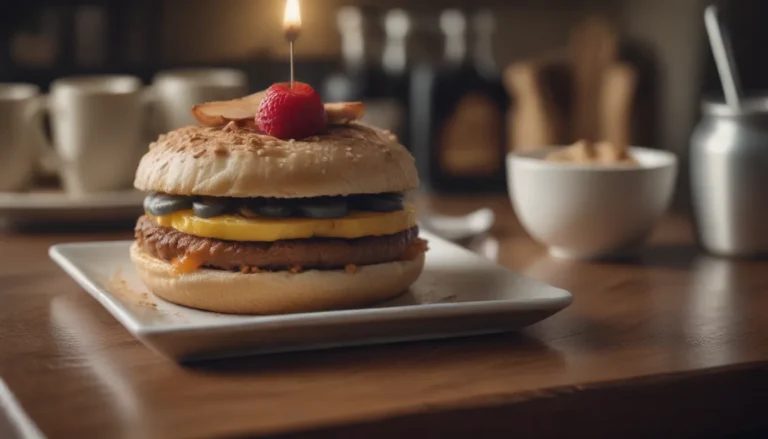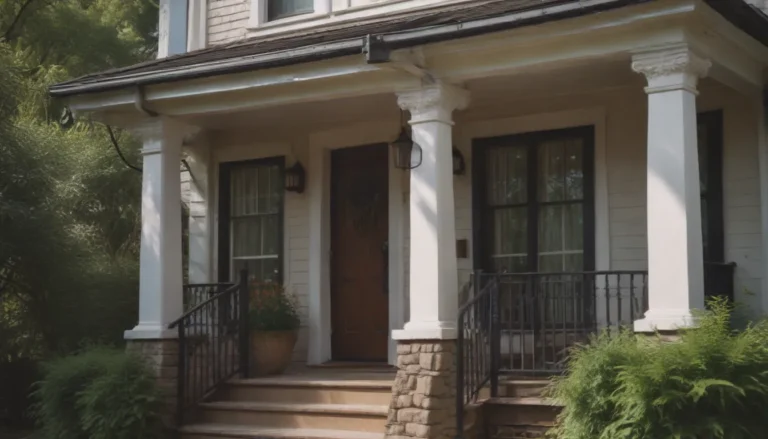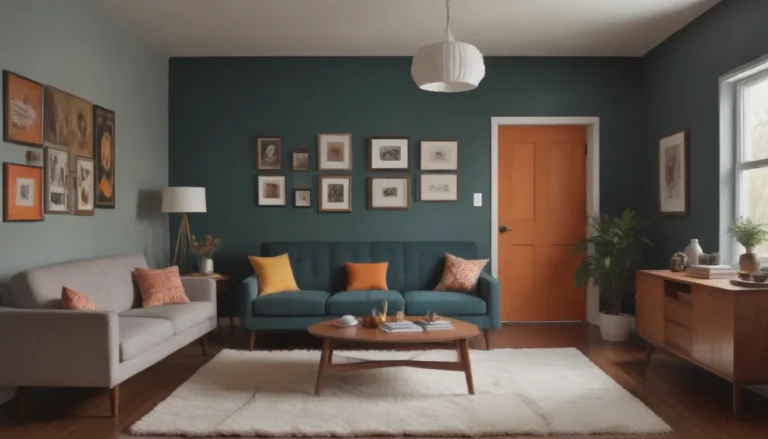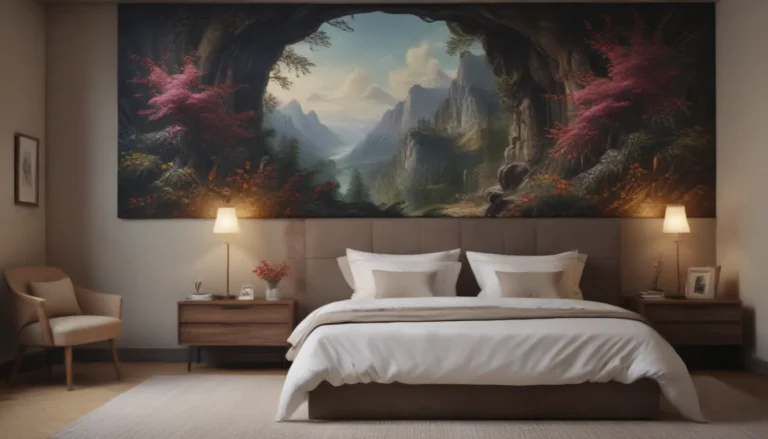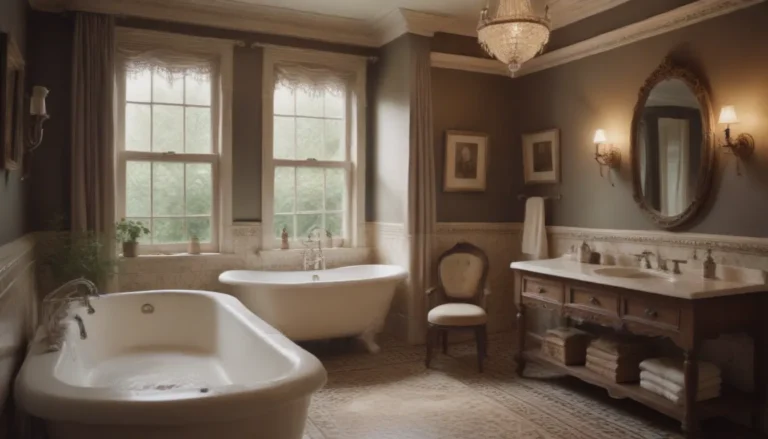Exploring the Extravagance of Baroque-Style Design
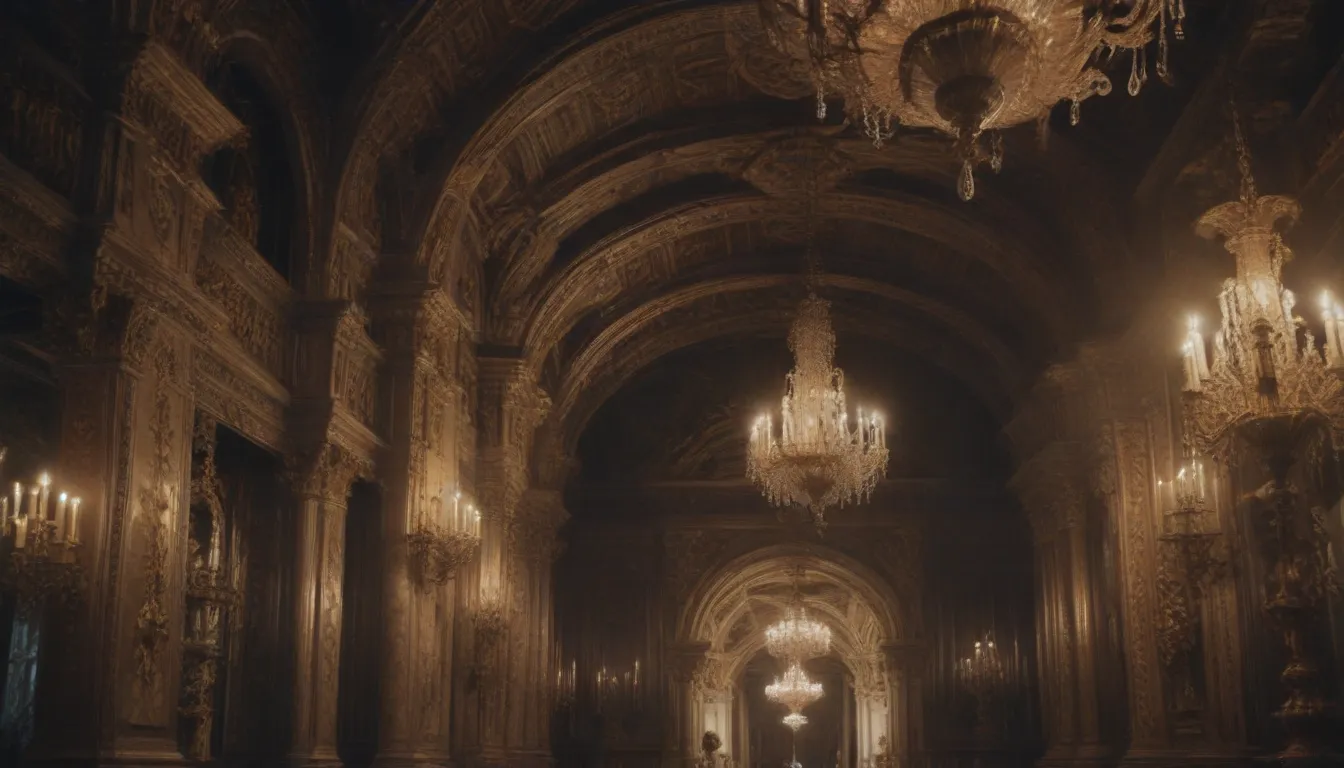
What Is Baroque-Style Design?
Baroque-style interior design originated during the Baroque period of architecture, art, and design in the 17th and first half of the 18th century. This opulent and extravagant style was heavily influenced by Italy and France, known for its intricate details and ornate decorations.
Unveiling the History of Baroque-Style Design
The Baroque movement originated in Italy around 1600 before spreading to France and across Europe. It was the first visual style to have a significant worldwide impact, encompassing architecture, art, furniture design, and objects. Baroque interior design was an integral part of this movement, with elements working together to create a cohesive visual statement.
Baroque style was not just about aesthetics but also served as a display of power. Churches and cathedrals constructed in this style by the Catholic Church in Italy aimed to assert dominance. Similarly, in France, King Louis XIV used a blend of Baroque and French Classicism to brand the monarchy with opulence and grandeur, as seen in the iconic Château de Versailles.
As time progressed, Baroque evolved into Rococo, a more ornate and rebellious style that emerged in 18th-century Paris. Despite falling out of fashion in the mid-18th century, Baroque experienced a revival in the 19th century. Renowned interior designer Dorothy Draper introduced Modern Baroque in the 20th century, which incorporated elements of bling and bright colors in a style known as Hollywood Regency.
The Timeless Elegance of Baroque-Style Design
Baroque style may seem out of place in modern decor, but it continues to influence contemporary designers and decorators. When integrating Baroque elements into a modern space, a balanced approach is key. Whether it’s a gilded mirror or a plush velvet armchair, incorporating these pieces can add a touch of timeless elegance to any room.
Key Characteristics of Baroque-Style Design
- Highly decorative interiors with layered elements
- Intricate tapestries, bronze sculptures, and sculpted wood details
- Elaborate painted ceilings and crystal chandeliers
- Gilded finishes and ornate moldings
Modern Baroque Decorating Tips
When incorporating Baroque-style elements into a modern space, consider the following tips:
– Mix contemporary pieces with Baroque-inspired elements for a harmonious blend.
– Use a gilded mirror or bed frame as a focal point in a modern room.
– Opt for playful reinterpretations of Baroque style, such as the Bourgie lamp by Kartell.
– Choose Rococo-style furniture like velvet upholstered armchairs for a traditional touch.
By embracing the grandeur and extravagance of Baroque-style design, you can create a space that exudes timeless elegance and sophistication. Whether you’re looking to add a hint of opulence or fully immerse yourself in this lavish style, Baroque design offers a wealth of inspiration for modern interiors.
